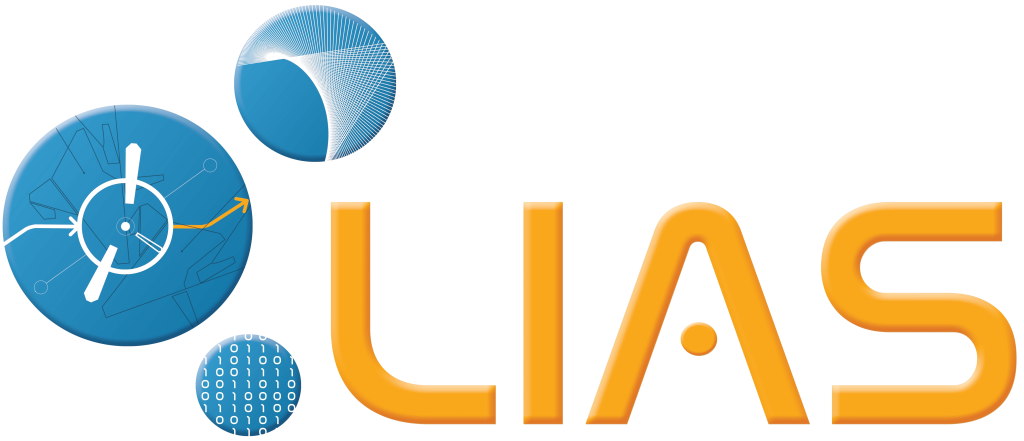
Automatic Control and Systems team (A&S)
Our team is at the forefront of research in complex systems. We develop innovative solutions to address energy challenges.
Our Expertise
- Identification of complex dynamic systems: estimation of parameters and signals of complex systems from experimental data using optimization, statistics and linear algebra tools.
- Control and Optimization: design of advanced control laws to improve the performance, energy efficiency and reliability of multidimensional or distributed dynamic systems.
- Electrical and energy systems: development of solutions to integrate renewable energies and storage systems into electrical grids.
- Diagnosis: development of advanced diagnostic methods, based upon data analysis and the use of non-intrusive soft sensors to detect anomalies and prevent failures.
Our Application Area
- Integration of renewable energies,
- Optimized management of smart grids,
- Industrial processes.
You can consult the list of ongoing projects of the Automation and Systems team.
Our Added Value
- Scientific Expertise: our team is recognized for its expertise in modeling, identification, and control of complex systems.
- Innovation: we develop innovative solutions tailored to the specific needs of our industrial partners.
- Transfer of Technology: we promote the transfer of our research to industry to create economic and social value.
In summary, our team is a key player in the field of complex systems engineering. We contribute to improving the performance, reliability, and safety of industrial and energy systems.
Keywords : complex systems, modeling, identification, control, optimization, diagnosis, soft sensors, energy.